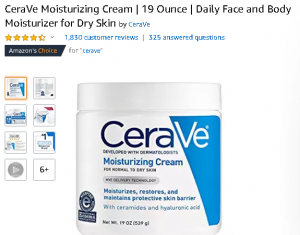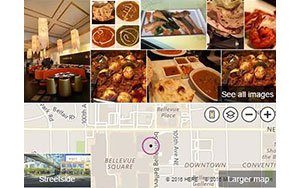How should brands decide who to be on social? Ten years ago, this was a valid question, but no longer. Consumers are in the social driver’s seat – they’re calling the shots – and the only decision left for brands is whether to play along or get publicly roasted in absentia. And what do these free-wheeling consumers want? By a show of force, they’re seeking authentic brand personalities who stand for something.
Authenticity is a tricky and moving target however. As the U.S. Travel Department’s off-color tweets about travelers’ looks and IHOP’s vaguely offensive tweet about pancakes show, it’s not an easy balance to strike.
Amidst this, some brands excel and use social media to build durable consumer relationships. Here is what they do differently.
How to be authentic as a brand on social:
1. Build rapport with personality
One upon a time customers used to simply view corporations through the keyhole that was phone and email support. With no other means to interact, companies seemed faceless. But now? Social media allows brands to shed their shell and put on a personality. Brands that take advantage of this can build up goodwill that gets them through the hard times with customers when things go wrong.
Among the best right now is Taco Bell, who has become a magnet for praise and a known destination for oddball humor. Their support Twitter handle is abuzz with fuzzy feelings from adoring fans who loved them long before something went wrong. The tweets shared below betray a sense of humor that it’s tough not to crack a smile at.
Can’t wait. https://t.co/YgqevbMhiV
— Taco Bell (@tacobell) December 15, 2016
2. Build empathy by showing interest
Dale Carnegie famously said, “Talk to someone about themselves and they’ll listen for hours.” Surely he wasn’t speaking about social media (the year was 1936) but oh how prescient that advice has become in the digital world. Speaking in terms of what your customers are interested in is the surest way to curry favor with them.
Perhaps history’s greatest example of this is Red Bull, who through selfless customer focus, has become a staple of their consumers’ lifestyles. Rather than touting their energy product’s benefits (what is taurine, anyways?) they invest heavily in sponsoring extreme sports events which are designed “to support a community of athletes and to bring credibility to the sports they compete in,” says Emmy Cortes, director of communications for Red Bull. Their social media presence is a tour de force of extreme entertainment and they’ve earned the loyal following of millions as a result.
3. Be what consumers are interested in
It was Craig Davis, marketing speaker and CMO of Sendle.com, who said “we need to stop interrupting what people are interested in and be what people are interested in.” Smart #SocialFirst brands follow this advice and make their ads into the main attraction by providing so much entertainment value that consumers seek them out.
Wendy’s social team does an outstanding job of this and when they’re not busy creating personalized Spotify playlists for fans, they’re writing social bios for them. @Jeffrolio’s profile now reads “I asked a fast food restaurant to write my bio because it’s 2017 and the world is weird.” A brief look at their Twitter page reveals an audience of millions of people begging for the brand to engage with them, not the other way around.
The 4 for $ 4 shouldn’t have a Spotify playlist. Yet it does. And it’s impossibly good. Dig in: https://t.co/EdeL6YBcx2
— Wendy’s (@Wendys) January 19, 2017
4. Diffuse brand distractors
And then of course, there’s the dark side to social media: it also works as a customer complaint amplifier. But great brands leveraging social customer support technology can spin this one into an advantage as well. Consumers increasingly prefer a resolution over making their annoyance known and they’re finding it via direct messaging channels. Those brands that meet them there can diffuse public brand detractors.
Sprint, for example, partnered with Conversocial and began moderating their Facebook page. Within the first month they saw a 31% increase in private messages which corresponded with a 23% decrease in public comments. Sprint reduced the public social impact while getting a chance to turn those negative interactions into positive ones.
Social media is a powerful brand authenticator. #SocialFirst brands who manage to put on an authentic personality, engage their consumers on their terms, and moderate the negative messages will find that it will become their largest area of customer support growth in the coming decades.
Social care is more than just a brand authenticator. It is proven to have an ROI of 272% according to a study we commissioned by Forrester. Want to learn more about how Social can impact your bottom line and increase your positive brand sentiment?
Digital & Social Articles on Business 2 Community
(27)
Report Post





